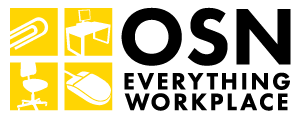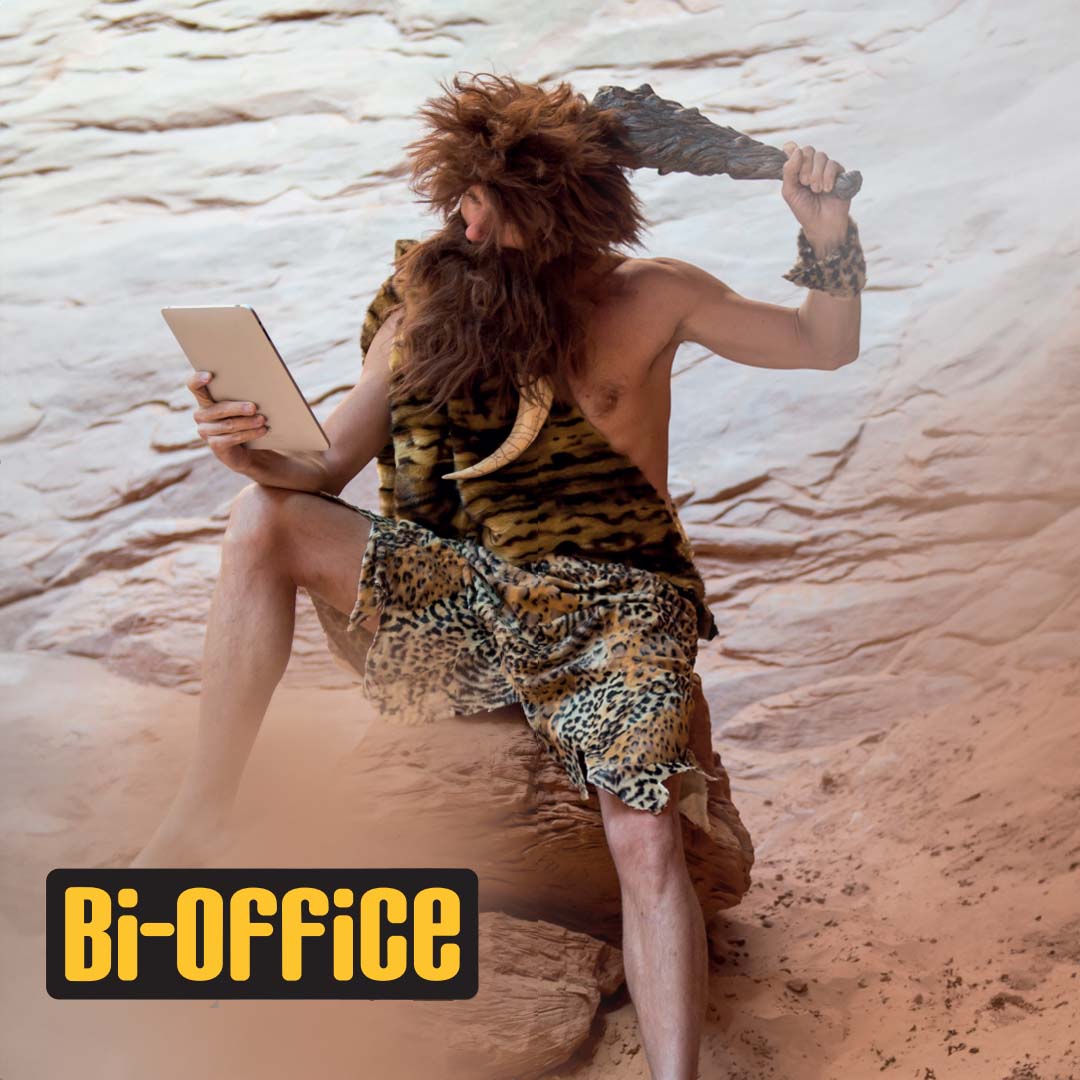In today’s rapidly evolving business landscape, integrating blended technology in the office has become not just a preference, but a necessity. A harmonious combination of traditional and digital tools to optimise workplace processes, enhance collaboration, and drive productivity is essential for the success of any business or venture.
Despite its potential to revolutionise the modern workplace, the implementation of blended technology often encounters resistance from employees and organisations. Understanding these challenges and finding strategies to overcome them is crucial for a successful transition.
THE PROMISE OF BLENDED TECHNOLOGY
The concept of blended technology offers a compelling approach that bridges the gap between traditional methods and innovative digital solutions. In the landscape of the modern workplace, it represents a harmonious coexistence and a strategic fusion of both worlds, acknowledging that while digital tools offer unprecedented efficiency and connectivity, there are inherent values in the tangible and human aspects of traditional approaches. This approach recognises that not all tasks can be fully digitised, and some benefit from a human touch.
SYNERGY BETWEEN TRADITION AND INNOVATION
Blended technology embodies the notion that the sum is greater than its parts. Traditional methods, rooted in human interaction and tangible processes, are infused with the transformative power of digital tools. This synergy enriches the work experience by combining the personal touch of face-to[1]face communication and physical interactions with the speed, accuracy, and scalability offered by technology.
Hybrid Tech Integration into the workplace can significantly improve communication and collaboration. While emails and instant messaging streamline quick interactions, in-person discussions foster nuanced understanding and build rapport. This new way of work allows for seamless transitions between these modes, enabling teams to choose the most suitable means of communication for a given situation. Virtual meetings and collaborative platforms further enhance global collaboration by connecting colleagues across different locations.
“DESPITE ITS POTENTIAL TO REVOLUTIONISE THE MODERN WORKPLACE, THE IMPLEMENTATION OF BLENDED TECHNOLOGY OFTEN ENCOUNTERS RESISTANCE FROM EMPLOYEES AND ORGANIZATIONS”
UNDERSTANDING TECHNOPHOBIA AND SKILL GAPS
Despite the numerous benefits that technology brings, the phenomenon of technophobia (fear of technology) and skill gaps can present significant obstacles to the successful implementation of new technologies. It often arises from a lack of familiarity, concerns about complexity, or worries about job security due to automation. Technophobia can hinder the adoption of new technologies and lead to resistance, as employees may perceive technology as a threat rather than a tool. Overcoming these challenges requires a strategic approach that empowers employees and fosters a culture of continuous learning and adaptability.
Here are 5 ESSENTIAL STRATEGIES to overcome resistance to technological change:
- TRAINING PROGRAMMES AND CUSTOMISED LEARNING PATHS
To overcome technophobia, prioritise training with diverse formats like workshops, online courses, and one-on-one coaching. Tailor these programmes to individual learning curves, accommodating varied tech literacy levels. Personalised learning paths allow employees to learn at their pace, reducing anxiety and enhancing confidence. Incorporating interactive panels will help enhance the training process by offering tangible and interactive elements.
- TRANSPARENT COMMUNICATION
Openly communicate the reasons behind the technological changes, explaining how they align with the organisation’s goals and employees’ professional growth. Address concerns about job displacement by highlighting how technology aims to enhance roles, not replace them. Planners can outline step-by[1]step implementation plans for integrating new technologies. This visual guide provides a clear path, making the transition more manageable and less overwhelming for the employees while making sure everyone can keep track on the progress.
- CONTINUOUS LEARNING AND COLLABORATION CULTURE
Foster a culture of continuous learning and skill development. Encourage employees to view acquiring new skills as an ongoing journey rather than a one-time task. This mindset shift helps combat technophobia and skill gaps by instilling a sense of curiosity and adaptability. LCD stands and interactive panels enable dynamic workshops. These sessions can include live demonstrations, interactive activities, and Q&A sessions, fostering a hands-on understanding of the technology.
- DESIGNATED TECH SUPPORT
Establish a reliable tech support system that employees can turn to when facing challenges. Knowing that assistance is readily available can reduce anxiety and encourage employees to explore and experiment with new technologies.
- FLEXIBILITY AND ADAPTABILITY
The modern workforce is increasingly diverse, encompassing various generations and work styles. Blended technology accommodates this diversity by providing flexible solutions that cater to different preferences. While some employees might thrive in fully digital environments, others prefer a mix of physical and digital tools. Blended technology ensures that everyone can work in a way that optimizes their productivity and comfort. In today’s dynamic and intricate work environments, the harmonious integration of interactive displays and traditional whiteboards offers organizations a powerful solution to navigate the volatility and uncertainty of the market.
Embracing the journey of blended work is the future of the workspace, and addressing technophobia is pivotal in overcoming resistance to this technological change. By prioritising comprehensive training, personalised learning, transparent communication, and a culture of continuous improvement, organizations can transform technophobia into confidence and skill gaps into opportunities for growth. Integrating physical and digital tools creates a synergy that leverages the strengths of both physical and digital work environments, resulting in improved efficiency, streamlined communication, and enriched collaboration.

